8 New Clubs Will Join MLS NEXT For the 2024/2025 Season
Eight new clubs from across the U.S. will join MLS NEXT next year. Starting in the fall of 2024, these teams will compete among…
[CLICK HERE] Discover our favorite soccer rebounders for 2024 🎉
[CLICK HERE] Discover our favorite soccer rebounders for 2024 🥳️

Eight new clubs from across the U.S. will join MLS NEXT next year. Starting in the fall of 2024, these teams will compete among…
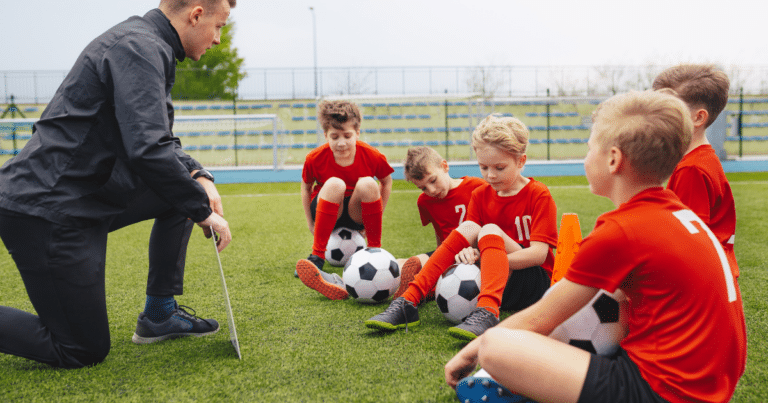
In any sport, coaches will play favorites. Fortunately and unfortunately, it’s a natural part of the game. It can be great when the coach…

As a center back, you are responsible for making it difficult for your opponent to score. Other than the goalie, you are the last…
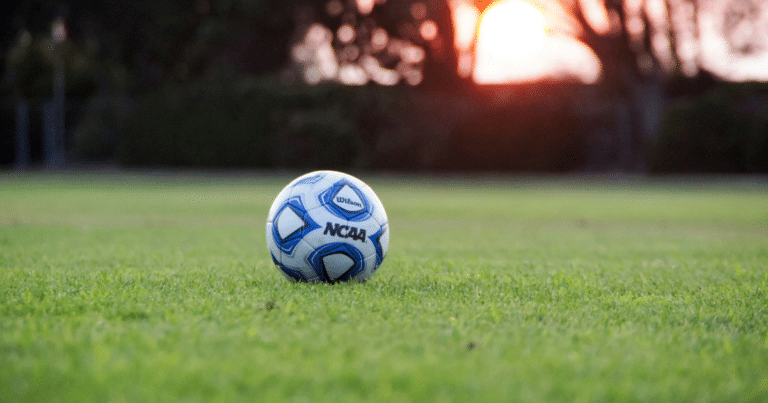
The NCAA just approved a new substitution rule for DI men’s soccer. This change will be effective for the start of the fall 2024…
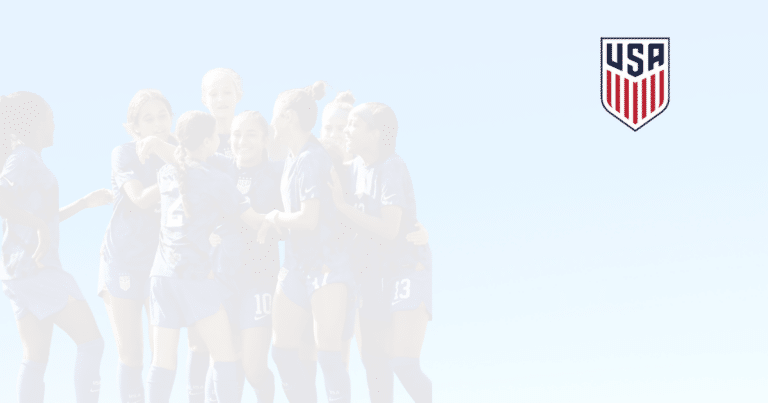
The U.S. U-15 Women’s Youth National Team coach, Ciara Crinion, has announced 24 players joining her in the April training camp. The training camp…
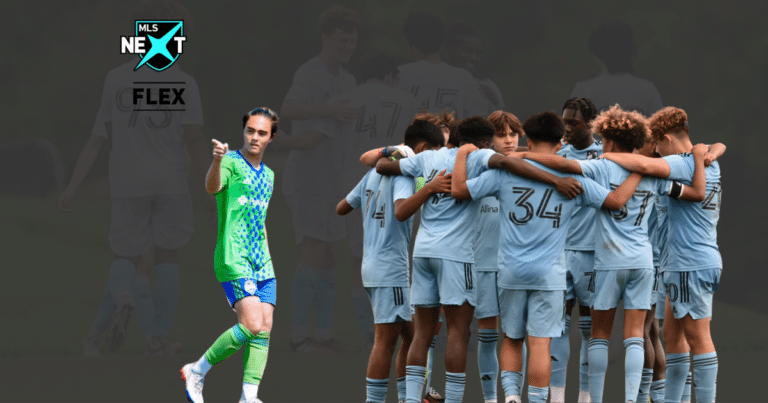
The stage is set for the 2024 MLS NEXT FLEX in Maryland! The national event will take place from May 10-14, 2024. Teams from…

Coming off the heels of the Generation Adidas Cup, 23 U-16 players have been called up to train later this month. Players like Jamir…
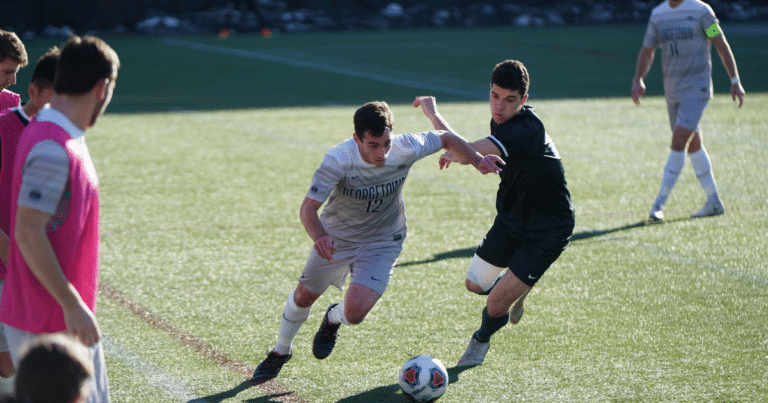
It can be frustrating for a player to play really well in one game and not do much in the next. From one game…
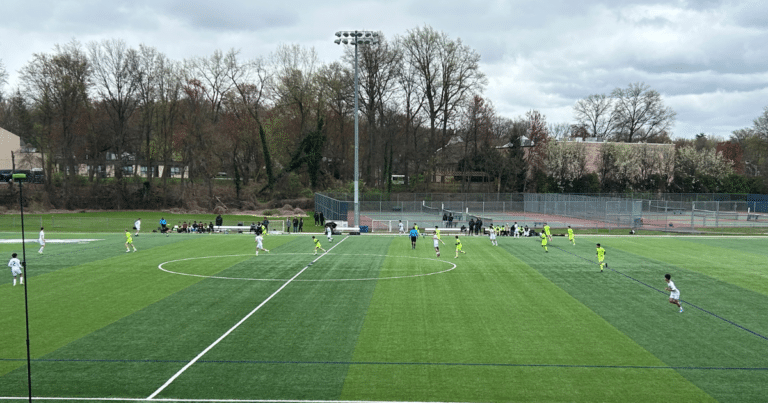
Most youth soccer club seasons start in August and end in June. Is that too much soccer? Are we burning them out? I think…
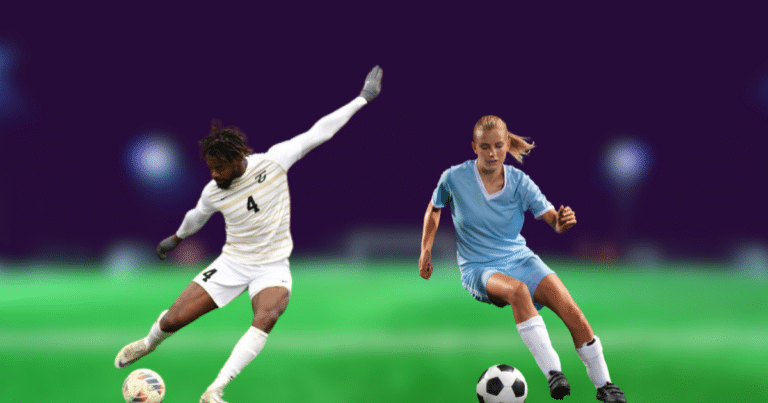
Are you frustrated with the lack of goals this season? Do you want to score but just can’t? This article is for you. Sometimes…